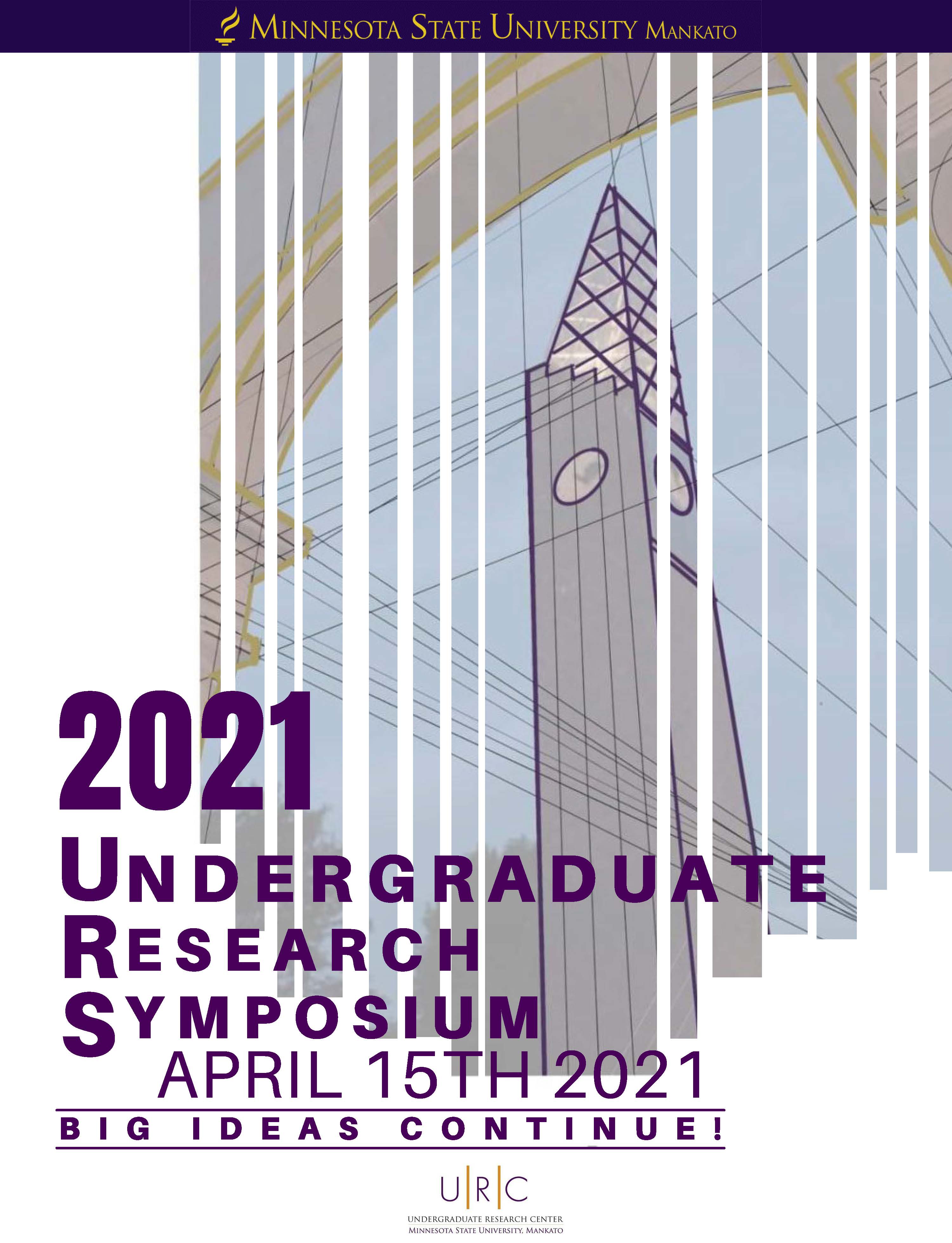Isolation and Identification of Cellulolytic Bacteria from Forest Soil
Start Date
15-4-2021 11:00 AM
End Date
15-4-2021 12:00 PM
Student's Major
Biological Sciences
Student's College
Science, Engineering and Technology
Mentor's Name
Yongtao Zhu
Mentor's Department
Biological Sciences
Mentor's College
Science, Engineering and Technology
Description
The digestion of cellulose is difficult and not done by many organisms, but the breakdown of cellulose can be used in the production of biofuels. This project aims to isolate and identify multiple bacteria that are able to digest cellulose. A sample of forest soil was serially diluted and plated on carboxymethyl cellulose (CMC) and then replicate plated. The replicate plates were then stained with Congo red to determine CMC digestion. The organisms that could digest CMC were further isolated and then incubated on cellulose filter paper as the sole carbon and energy source. From the ones that could grow on cellulose, the 16S rRNA genes were amplified by PCR and then sequenced. Three organisms were able to digest CMC, but only two were able to grow on the cellulose filter paper. The bacterium named AB-1 is unidentified but is efficient in cellulose digestion and likely belongs to Actinomycetes. The life cycle of AB-1 was then observed over seven days under the microscope. This organism is Gram-positive and has large, black, and fuzzy colonies with hyphae that spread out over time as well as aerial spores that develop. The spores are relatively large in size and form branches into the air. The other organism named AB-2 was identified as Cellulomonas terrae, previously shown to be a Gram-positive, aerobic, and non-motile straight rod that can digest cellulose and xylan.
Isolation and Identification of Cellulolytic Bacteria from Forest Soil
The digestion of cellulose is difficult and not done by many organisms, but the breakdown of cellulose can be used in the production of biofuels. This project aims to isolate and identify multiple bacteria that are able to digest cellulose. A sample of forest soil was serially diluted and plated on carboxymethyl cellulose (CMC) and then replicate plated. The replicate plates were then stained with Congo red to determine CMC digestion. The organisms that could digest CMC were further isolated and then incubated on cellulose filter paper as the sole carbon and energy source. From the ones that could grow on cellulose, the 16S rRNA genes were amplified by PCR and then sequenced. Three organisms were able to digest CMC, but only two were able to grow on the cellulose filter paper. The bacterium named AB-1 is unidentified but is efficient in cellulose digestion and likely belongs to Actinomycetes. The life cycle of AB-1 was then observed over seven days under the microscope. This organism is Gram-positive and has large, black, and fuzzy colonies with hyphae that spread out over time as well as aerial spores that develop. The spores are relatively large in size and form branches into the air. The other organism named AB-2 was identified as Cellulomonas terrae, previously shown to be a Gram-positive, aerobic, and non-motile straight rod that can digest cellulose and xylan.



